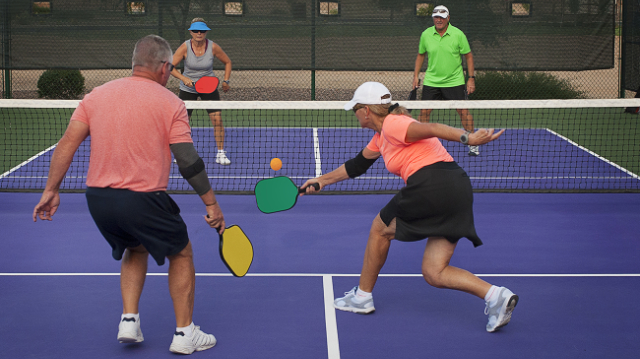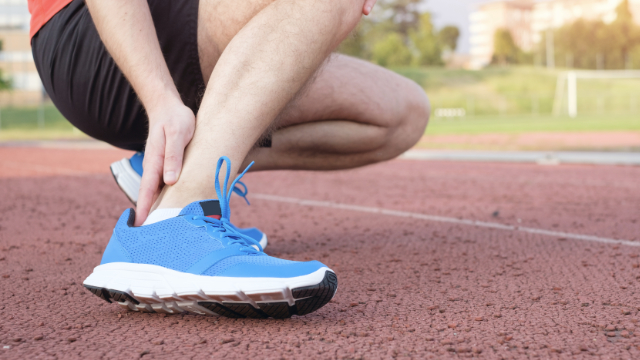
Chronic pain, a pervasive condition that impacts millions worldwide, is often complex and misunderstood. To fully comprehend it, one must first understand the different types of pain.
Acute pain, typically sharp and sudden, is the body's immediate response to an injury or illness, serving as a warning signal.
Subacute pain lasts between six weeks to three months and is a transitional phase that may lead to chronic pain if not properly managed.
Chronic pain, on the other hand, persists beyond the normal healing time of three months, becoming a disease in itself. This type of pain is closely tied to the brain's neuroplasticity, its ability to adapt and remodel itself based on repeated activities, including pain.
The Biopsychosocial Model of Pain
In recent years, a new approach to understanding and managing pain has emerged: the biopsychosocial model. This model views pain as a physical sensation and an experience influenced by various biological, psychological, and social factors.
Biological components include the physical aspects of pain, such as the injury or disease causing the pain, genetic predisposition, and the body's response to pain. For example, a person with a genetic migraine predisposition may experience more severe pain than someone without this predisposition.
Psychological components involve the individual's thoughts, emotions, and behaviors related to their pain. For instance, a person who is anxious or depressed may perceive their pain as more intense. Similarly, someone who focuses on their pain may find managing it more challenging.
Social components refer to the impact of societal and cultural factors on an individual's experience of pain. These can include the individual's support system, cultural beliefs about pain, and their access to healthcare. For example, an individual with a strong support system may cope better with their pain than someone isolated.
Considering all these factors, the biopsychosocial model provides a more comprehensive understanding of pain, paving the way for more effective and personalized treatment strategies.
Over–Reliance on Opioids Has Caused an Epidemic.
Over–reliance on opioids for managing chronic pain is not recommended. While these drugs can provide temporary relief, they have not been proven effective long–term solutions and can even worsen chronic pain in some cases. Instead, a multimodal therapy approach is recommended.
A Team of Healthcare Providers Can Help with Chronic Pain
An integrated or multidisciplinary approach to chronic pain treatment can be very successful and help patients reach their goals. Common treatment methods include:
- Cognitive Behavioral Therapy (CBT): Cognitive Behavioral Therapy is a psychological treatment that helps patients understand how their thoughts and feelings influence their behaviors. In the context of chronic pain, CBT can help patients develop coping strategies to manage their pain and reduce the stress, anxiety, and depression that often accompany chronic pain.
- Physical Therapy: Physical therapist–directed education and exercise programs involve movements designed to improve mobility, strengthen muscles, and promote overall health and wellness. Physical therapists can provide personalized exercise programs that help manage pain and improve function and quality of life.
- Mindfulness and Meditation: Mindfulness and meditation can help patients focus on the present moment and develop a different perspective on their pain. These techniques can reduce stress and anxiety, improve mental well–being, and help patients better manage their pain.
- Social Support and Group Therapy: Social support, whether from family, friends, or support groups, can be crucial in managing chronic pain. Sharing experiences and coping strategies with others going through similar experiences can provide emotional support and reduce feelings of isolation.
- Lifestyle Modifications: This includes a range of changes, such as maintaining a healthy diet, regular exercise, good sleep hygiene, and quitting smoking. These changes can improve overall health and well–being and, in turn, help in managing chronic pain.
Physical Therapy: A Safe First Choice for Chronic Pain Treatment
Physical therapists are a safe first choice for the treatment of chronic pain. They are experts in the human body's movement and function and use a holistic approach to assess, diagnose, and treat various health conditions, including chronic pain.
Physical therapy can help manage chronic pain by improving mobility, strengthening muscles, and promoting overall health and wellness. It's a safe and effective alternative to medication, offering long–term benefits without the risk of addiction or side effects associated with opioids.
Physical therapists also educate patients about their condition and provide them with the tools to manage their pain independently, empowering them to actively participate in their recovery.
A New Approach to Managing Chronic Pain
Understanding the science of chronic pain is crucial in managing it effectively. A multimodal approach, including physical therapy, can provide a safe and effective solution for those suffering from this debilitating condition.
By shifting our perspective and focusing on the individuals affected, we can make strides toward ending the opioid crisis and improving the quality of life for those living with chronic pain.










